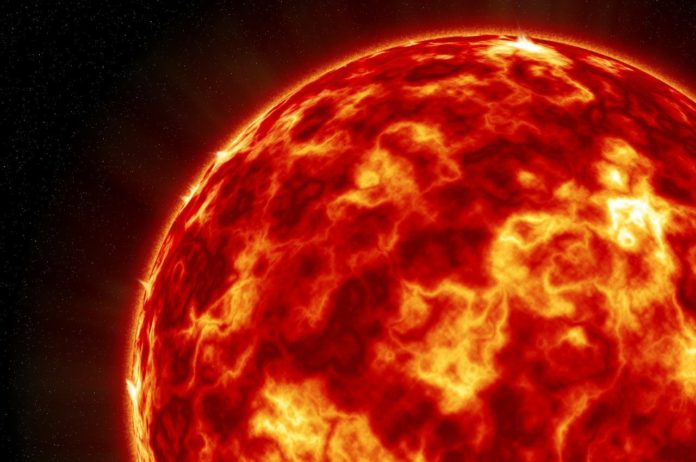Scientists have detected for the first time neutrinos formed during a mysterious process in the Sun. It is the first experimental test of the occurrence of the so-called CNO cycle in our main star.
The discovery could help reveal the structure of our Sun and the elements within its core, while also allowing us to better understand other phenomena throughout the universe, such as supernovae or distant stars.
It is the first time that researchers have been able to collect these neutrinos that are direct evidence of the so-called CNO (carbon-nitrogen-oxygen) cycle. Thus, humanity has seen evidence of the mechanism that converts hydrogen to helium throughout the universe. It also confirms the theories about that cycle, including the fact that it represents only 1% of the Sun’s energy.
The detection was made using the Borexino Collaboration, a vast particle physics experiment located in Italy where researchers from all over the world work. Their goal is to better understand the processes that feed the Sun, as well as those of other stars.
Stars shine from the nuclear fusion of hydrogen into helium. This can happen in two ways: what is called the proton-proton or pp chain, which involves only hydrogen and helium, or the carbon-nitrogen-oxygen or CNO cycle, where fusion is catalyzed by carbon, nitrogen and oxygen.
In our own Sun, and in other stars of similar size, the pp chain accounts for about 99% of the energy. The CNO cycle also accounts for a tiny but important part of energy production, and so far, scientists have had a hard time studying it. The small number of neutrinos means that they are difficult to separate from background signals.
Now, because Borexino’s detector is sensitive and highly tuned to block out background noise, it has managed to identify neutrinos that have been a mystery, despite their low numbers, until now.
“Measurements of these neutrinos have the potential to resolve uncertainties about the composition of the solar core and provide crucial insights into heavy star formation”
wrote Gabriel D. Orebi Gann of the University of California at Berkeley, who was not involved in the research, in his article for Nature.
In his opinion, “the tremendous achievement of the Borexino Collaboration brings us closer to a complete understanding of our Sun, and massive star formation, and is likely to set the goal in this field for years to come.”
